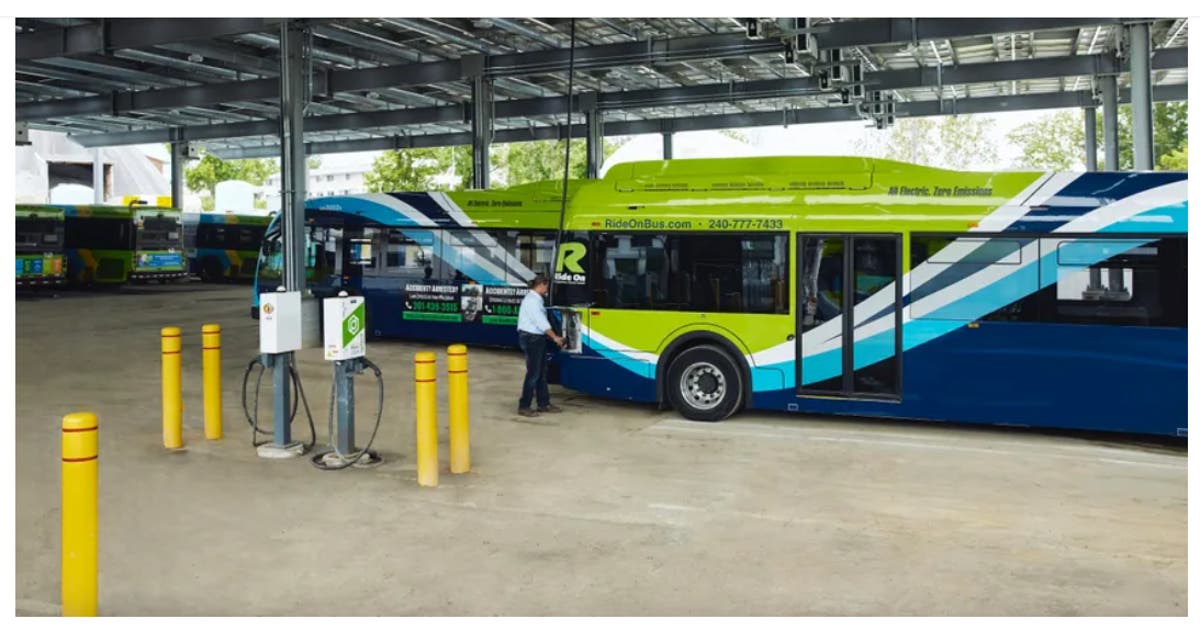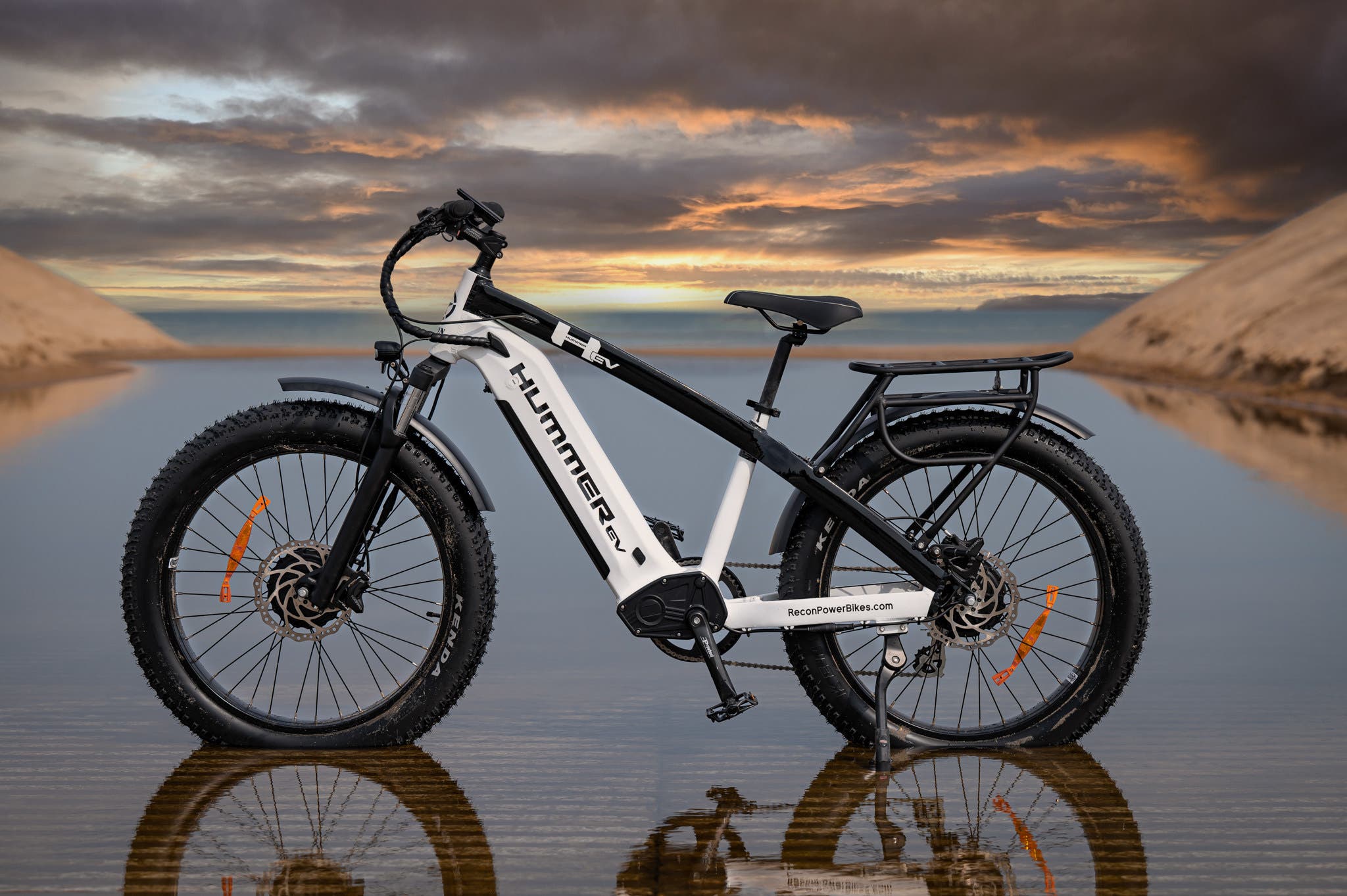Recent blogs at CNEVPost.com and Interesting Engineering tell us the tale of a team that took the idea of a fairly basic Mini EV and transformed it into a car that (at least in some areas) outperforms the technological prowess of full-sized electric vehicles.
THE MINI EV MARKET IN CHINA Without having a more comprehensive understanding of the Chinese Mini EV market, it is impossible to comprehend what this solar autonomous vehicle is and what it stands for.
In recent years, this market has experienced exponential growth. There were just 12,000 Mini EVs sold in China in 2012. That number rose to 1.3 million by the year 2017. And this expansion is anticipated to continue, with 3 million units estimated to be sold by 2025.
What is fueling this expansion? Simply put, the fact that these cars are far less expensive than full-sized EVs is a major contributing factor. A Mini EV typically costs around $5,000 in China, but a full-sized EV would set you back at least $10,000. (and thats for a very cheap one that cant compete with a Tesla). As a result, the typical Chinese customer may now get them considerably more easily.
But there are also other elements at work. For starters, compared to their larger counterparts, these cars are far more efficient. A Mini EV may frequently travel twice as far on the same battery pack as a full-sized EV, or a more modest 100–200 miles on a much smaller pack, than a full-sized EV, which may have a range of 200 miles on a single charge. This is caused by their lighter weight and smaller size, as well as the fact that they often move at slow rates (which is more than enough for Chinas dense urban areas).
Finally, compared to full-sized EVs, mini EVs have a considerably simpler design. Because of this, they are simpler to produce, more affordable to do so, and simpler to fix.
Micromobility can provide these benefits, but open-air vehicles like electric bikes and motorbikes have a significant drawback. Due to its many benefits, people continue to use them in many nations despite this (and raincoats are a thing). I personally witnessed this in Taiwan. However, the majority of Americans wouldn’t want to ride a motorcycle or operate a bicycle in a downpour. On days with rain or snow, even the most devoted riders would likely prefer to use public transportation.
We looked at how developed and diversified the Mini EV market is in China in a previous post. Every year, millions of small vehicles are sold by hundreds of manufacturers, who purchase their parts from tens of thousands of vendors. Supply chain management is a challenging task due to the frequent changes in manufacturers and suppliers, but in the world of electric vehicles, dealing with these frequent changes is less challenging than it is in other industries due to design freedom, which enables manufacturers to quickly modify their operations as needed.
The development of the Mini EV sector is also being aided by the Chinese government. It mandated a 20 percent new energy vehicle quota (which includes EVs) in 2017 for automakers who sell more than 30,000 vehicles annually. This has encouraged other businesses, like Mini EVs, to start investing in EVs.
IMPROVING THIS TECHNOLOGY AND PROGRESSING
Although information is limited, we do know that the car has a high-density lithium-ion battery pack that can propel it to a top speed of 49 MPH, which is a little faster than the majority of Chinese Mini EVs. By Mini EV standards, it is also a little bit larger than average, weighing 2,250 pounds and measuring 13 feet in length. Therefore, it sort of exists between the realm of Mini EVs and conventional cars.
In five months, the vehicle was constructed through a partnership between 42 enterprises and three institutions. Although the features appear quite basic at first glance, the car has 47 cutting-edge technology that are now only found in the best cars. China’s Southwest Jiaotong University, which has previously worked on futuristic transportation projects like a maglev train that can travel at over 600 MPH, is in charge of the team.
Although the vehicle is still in prototype form, the team eventually wants to construct a large number of them. It already has some kind of independence. It’s challenging to judge how effectively the technology works in this video when the car is being driven on empty roads. Level 4 automation is challenging to achieve, and Chinese officials frequently demand that self-driving cars follow geofences like Cruise or Waymo rather than roam freely like Tesla’s FSD Beta.
There are other teams working on solar vehicles besides the Chinese team. Sono Motors, a US business, is also developing a solar electric vehicle, albeit it is much larger than the Chinese model. The Sion, a hatchback from Sonos, features five seats and a 155-mile range. Although it can also recharge itself using solar panels, many drivers will still be need to plug it in at least sometimes. The solar EV that Aptera is developing has been extensively reported by CleanTechnica.
Despite being in its early phases, the Chinese team’s vehicle is an intriguing proof-of-concept that demonstrates what is feasible with the available technology. The future development of this project will be interesting to watch.
SUITABILITY OF SOLAR-POWERED MINI EVS IN THE WORLD AT DEVELOPMENT The potential for solar-powered Mini EVs to have a significant impact in the poor world is enormous, even though the concept of a solar-powered car is still in its infancy. Electric infrastructure is either nonexistent or unreliable in many regions of the world. This restricts the usefulness of EVs by making it challenging to charge them. Mini EVs fueled by solar energy, though, might change everything.
These cars might offer dependable transportation to people who most need it if they can be built in large quantities at a low cost. They would also aid in lowering carbon emissions and pollution in places where air quality is a big problem.
Solar-powered Mini EVs are still in their infancy, but they have the potential to have a significant impact on the globe. If they are able to keep their word, only time will tell.
Screenshot from a video at CNEVPost.com is used as the cover photo.
Do you value the unique reporting and cleantech news coverage on CleanTechnica? Consider becoming a patron on Patreon or a CleanTechnica Member, Supporter, Technician, or Ambassador.







